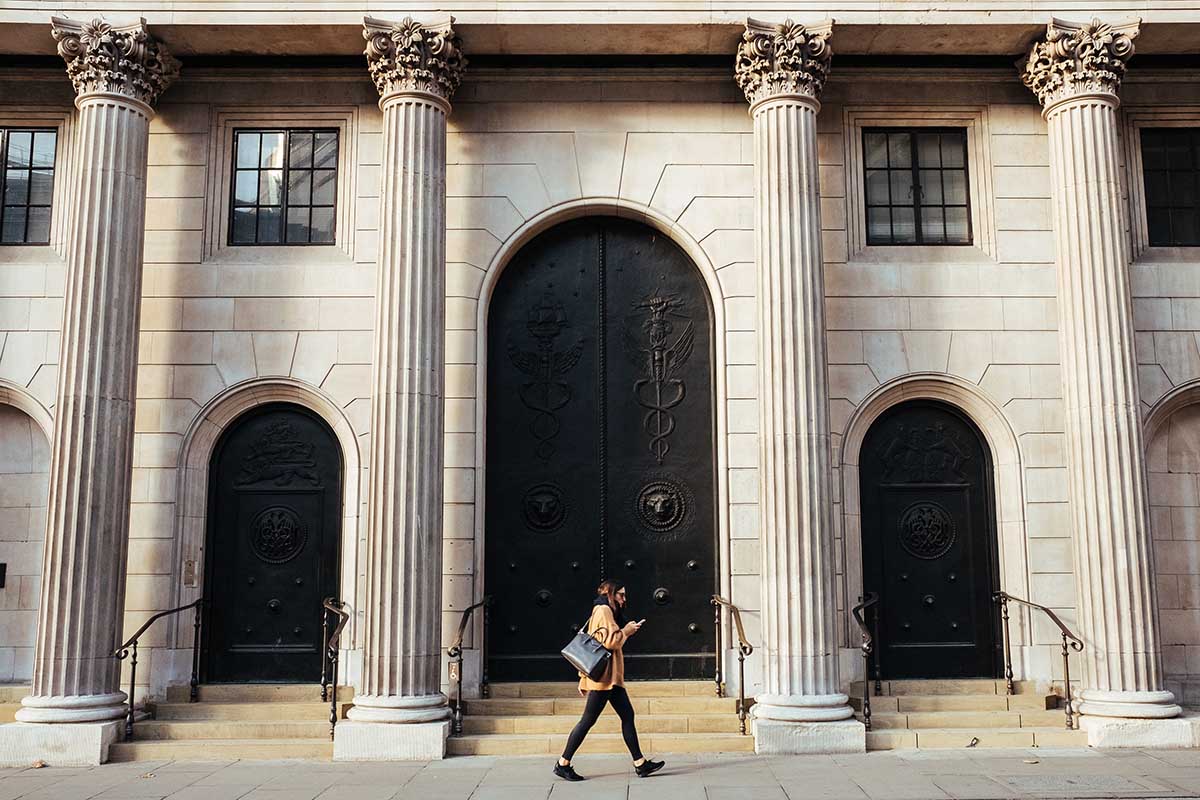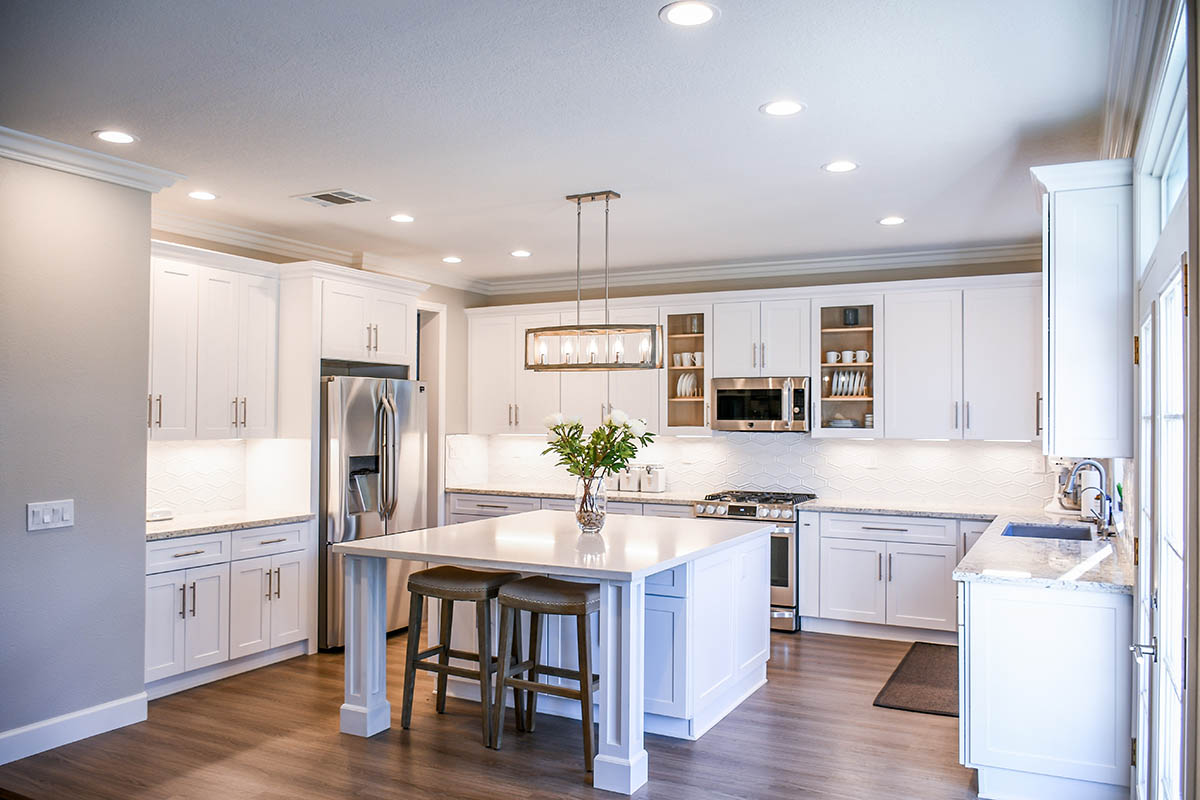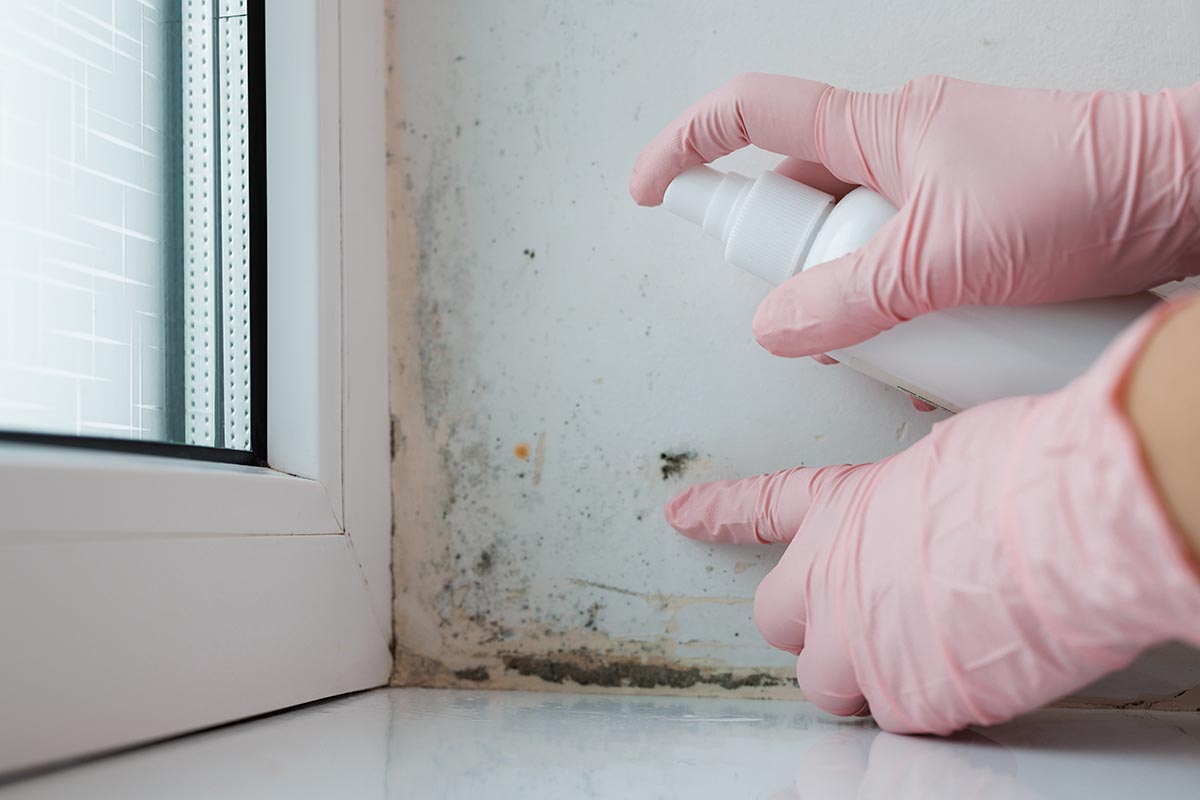How To Use Concrete As A Building Material Around The House
Concrete, a versatile and robust building material, has been the backbone of architecture and construction for centuries. This guide is your comprehensive resource for understanding how to use concrete as a building material around your house. From creating decorative pathways to sturdy retaining walls, we’ll explore a myriad of applications and reveal the potential of this humble yet indispensable material.
Let’s dive into the concrete world and discover how it can transform your living space, combining functionality with aesthetic appeal. Whether planning a DIY project or seeking professional assistance, this guide will help you make informed decisions and get the most out of your concrete experience.
Understanding Concrete
Before we begin exploring the various uses of concrete around the house, we must understand what concrete is. Concrete is a mixture of sand, gravel, water, and cement that hardens into a strong and durable material.
The cement acts as a binder, holding the mixture together and giving it its characteristic strength. This simple combination has made concrete one of the world’s most widely used building materials. It is cost-effective, easy to work with, and has a long lifespan, making it an ideal choice for residential construction projects.
Concrete is also customizable, as it can be poured into different shapes and sizes to suit various needs. Now that we have a basic understanding of concrete let’s explore its practical applications around the house.
Basic Applications
One of the primary uses of concrete around the house is for creating foundations and walls. Due to its strong and sturdy nature, concrete is an ideal choice for building a solid foundation that can support the weight of the entire structure. It is also commonly used to construct basement and retaining walls to prevent soil erosion and provide structural stability. Additionally, concrete can be used for building driveways, walkways, patios, and other outdoor spaces due to its durability and resistance to weathering.
On the other hand, interior applications such as flooring and countertops have also gained popularity in recent years. With technological advancements, concrete can now be polished, stained, and sealed to create a smooth and stylish finish that rivals other materials like granite or marble. This versatility makes it a popular choice for modern homes seeking a minimalistic and industrial look.
Stains and Dyes
A major advantage of using concrete around the house is its ability to be stained or dyed. This process involves adding color to the concrete mixture before it is poured, resulting in a unique and vibrant appearance.
Namely, concrete dyes penetrate the material’s surface, creating a translucent and long-lasting color. On the other hand, concrete stains react with the lime in the cement, producing a more opaque and natural-looking finish. This technique perfectly adds character and personality to outdoor spaces or indoor flooring. A lot of homeowners also use this technique to mimic the appearance of expensive materials, such as stone or wood, without breaking the bank. It is also a great way to revamp old and worn-out concrete surfaces.
Creative Applications
Apart from its functional uses, concrete can also be used to add a touch of creativity and beauty to your living space. Decorative concrete has become a popular choice for creating unique and eye-catching home features, such as decorative pathways, outdoor fire pits, or even custom-made furniture pieces. Concrete can also be molded into different shapes and patterns using stamps or molds to create stunning designs on walls, floors, and outdoor surfaces. With the right techniques and skills, you can use concrete to add character and charm to your home’s interior and exterior.
Some other creative uses of concrete around the house include building raised garden beds, creating custom planters, and even constructing outdoor pet houses. The possibilities are endless when it comes to using concrete for decorative purposes, so don’t be afraid to get creative and experiment with different ideas.
DIY vs. Professional Assistance
When embarking on a construction project, it’s crucial to consider whether to undertake it as a DIY endeavor or enlist professional help. While DIY projects can save money, they require expertise and understanding to ensure successful outcomes. Precision and meticulousness are paramount, particularly with concrete work, as errors can be costly to rectify.
Thus, seeking professional assistance for larger or more intricate projects is advisable. However, for smaller ventures, if you possess confidence in your abilities and access to proper guidance, they can offer a delightful and rewarding experience.
Concrete emerges as an affordable, durable, and versatile material in-home improvement and construction. From forming the bedrock of your home’s foundation to adding a splash of creativity and personalization to your living spaces, its applications are wide and varied.
Whether you’re undertaking a simple DIY project or a significant renovation, understanding concrete’s potential can help you make the most of this remarkable material. This guide aimed to provide an in-depth view of how concrete can be utilized around the house. Remember, even though some projects can be tackled independently, don’t hesitate to seek professional assistance when needed. Explore, experiment, and let concrete redefine how you perceive your living space.




















